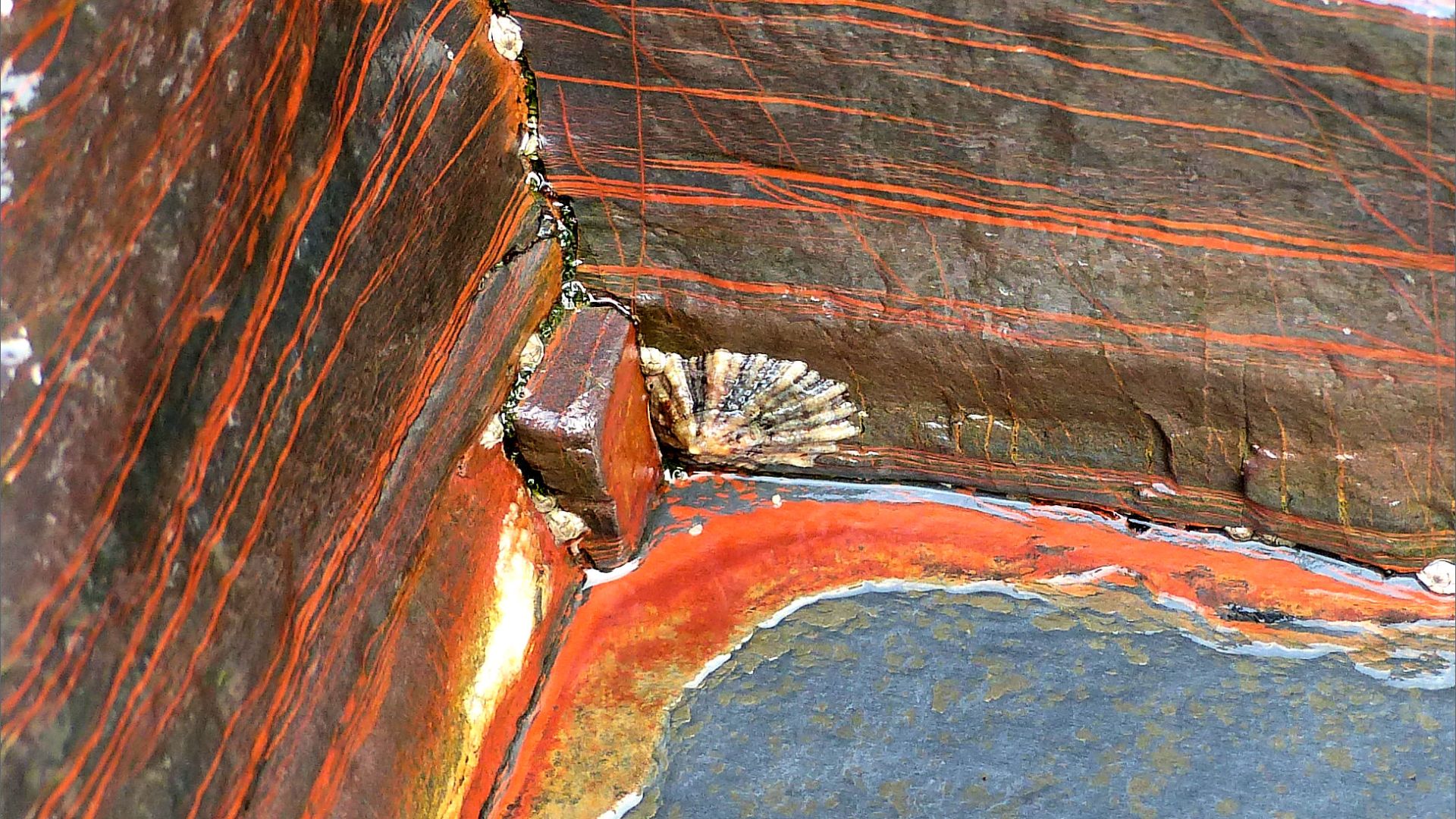Rocks and more rocks. Utterly fascinating in the way they look and the mysteries they hold. I am forever trying to identify what I am looking at, and to understand how it came to be. I am not always successful but I enjoy the quest. I have written 1440 posts about ROCK and published 4836 rock photographs. A selection is shown above; it is fairly arbitrary given the choice but demonstrates something of the beauty and variety of pattern, texture, and colour. You can click on any image to enlarge it and view in a gallery with descriptions.
- Comment
-
Subscribe
Subscribed
Already have a WordPress.com account? Log in now.








































































Ahhh…I relax into this post – my favorite one now of your alphabet. What colors, shapes and patterns. Infinite and entrancing and your photos always are so good, reveling their personalities and details.
LikeLiked by 1 person
I always seem to “enter the zone” when I am photographing rocks, and continue to delight in the images as I view them in the abstract, as well as investigate as best I can what they are, their place in the landscape.
LikeLiked by 1 person
Rocks look so better in situ than as part of someone’s kitchen counter (although they look nice there too).
LikeLiked by 1 person
I think a cut and polished surface shows the details of the rock structure well. I now realise why geologists always carry a hammer to knock small pieces of rock off – to see the details of the matrix without the effect of bio-films and weathering. Might get myself a little hammer.
LikeLiked by 1 person
That would be fun (make sure you are wearing glasses). I am loving the book by the way. It’s both fascinating and full of touching little details about Tomas’s life on Great Blasket.
LikeLiked by 1 person
It was a miracle that the book came to be written in the first instance, and the translation from the Irish is interesting in the way it still manages to confer the feel of the language whilst revealing what a struggle for survival their lives were on the Blaskets.
LikeLiked by 1 person
I sometimes struggle with the translation, I have to reread the text a few times whe he’s retelling a story one of the people in the story is telling. Those people on the islands really relied on the stuff they could “find” in the sea (fish, ship-wrecks). I am particularly interested in the number of times that the women are pro-active/aggressive e.g. the time they all threw rocks as the officials who came to the islands to collect rent/taxes and one of them got so carried away she wanted to throw her baby at them too!?!
LikeLiked by 1 person
Yes, that was my experience too but it was well worth the persevering. The language used in the book reminded me of an occasion in 1967 on a visit to Galway for a seashore ecology field trip. The weather was bad and we were all clad in yellow oilskins and waterproofs. We were sampling for insects on the dunes with a noisy 2-stroke engine-powered vacuum device in a very remote part of the coast. Suddenly, we noticed an old lady dressed in black, wrapped in a shawl of the same colour, standing watching us. She seemed like an apparition. We had no idea where she had come from. We stopped what we were doing and she said “Ye frighted me”; she thought we were from outer space.
LikeLike